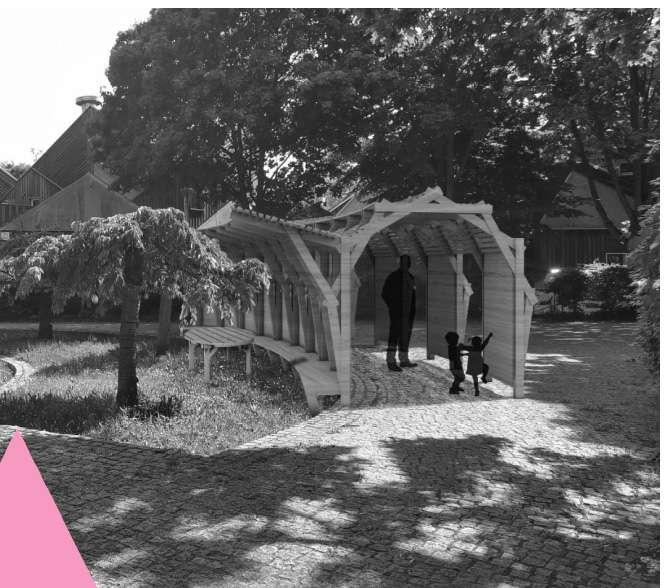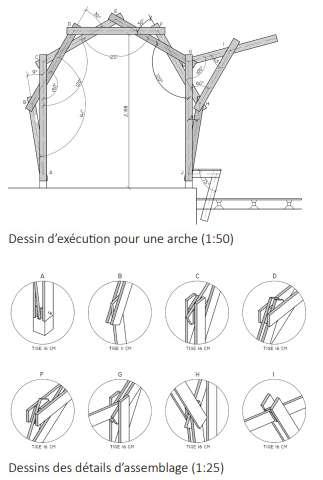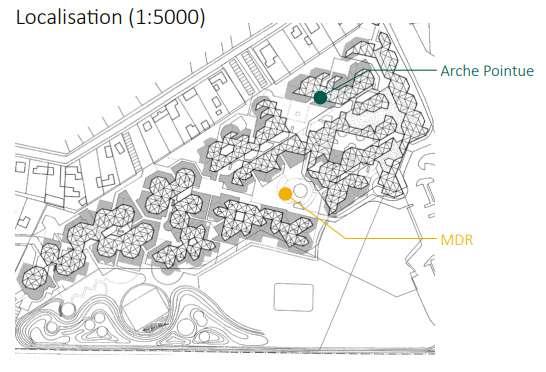
1 minute read
SCALE 1 AND REQUESTS FROM INHABITANTS Pedagogical experience of students in architecture master 1 - ENSA Paris la Villette
Between the construction of the second and third units, the companies changed. The first and second sections were built with factory prefabricated elements, while the third section was built with materials assembled on site.The difference in the quality of implementation is visible between the three sections;
I and II - water infiltration in the walls and rotting of the plywood panels, metal connections of the structure of the corridor rusted;
Advertisement
III - deformation and unhooking of the cladding

In 2021, the work of the students was part of a in a process of help and support to the inhabitants facing the threat of demolition of demolition of a part of the city.

In 2022, the city is not any more threatened of demolition and and is moving towards a project of rehabilitation project. The new group group of students aims at equipping the inhabitants in this new this new situation, and aims to promote communication between the different actors involved in the rehabilitation project.
The pedagogical work is also interested in the history of this unique city, its uncertain destiny, as well as its architectural and inhabitant richness.
This architectural proposal is divided into in 5 independent modules, each consisting of 2 arches, whose form is inspired inspired by the portico of Leonardo da Vinci’s portico. The modules are braced by triangulation in one direction, and by rigid panels in the other.
The rounded form of the construction as well as as well as its seats assert the convivial dimension the convivial dimension desired by the students.
This object, as well as all the other items constructed during our presence in the city, are meant to be easily replicable by the by the inhabitants who will have participated in their their construction. To insist on this dimension, a set of colors indicates the different the different sizes of wood needed to assemble for the assembly.









